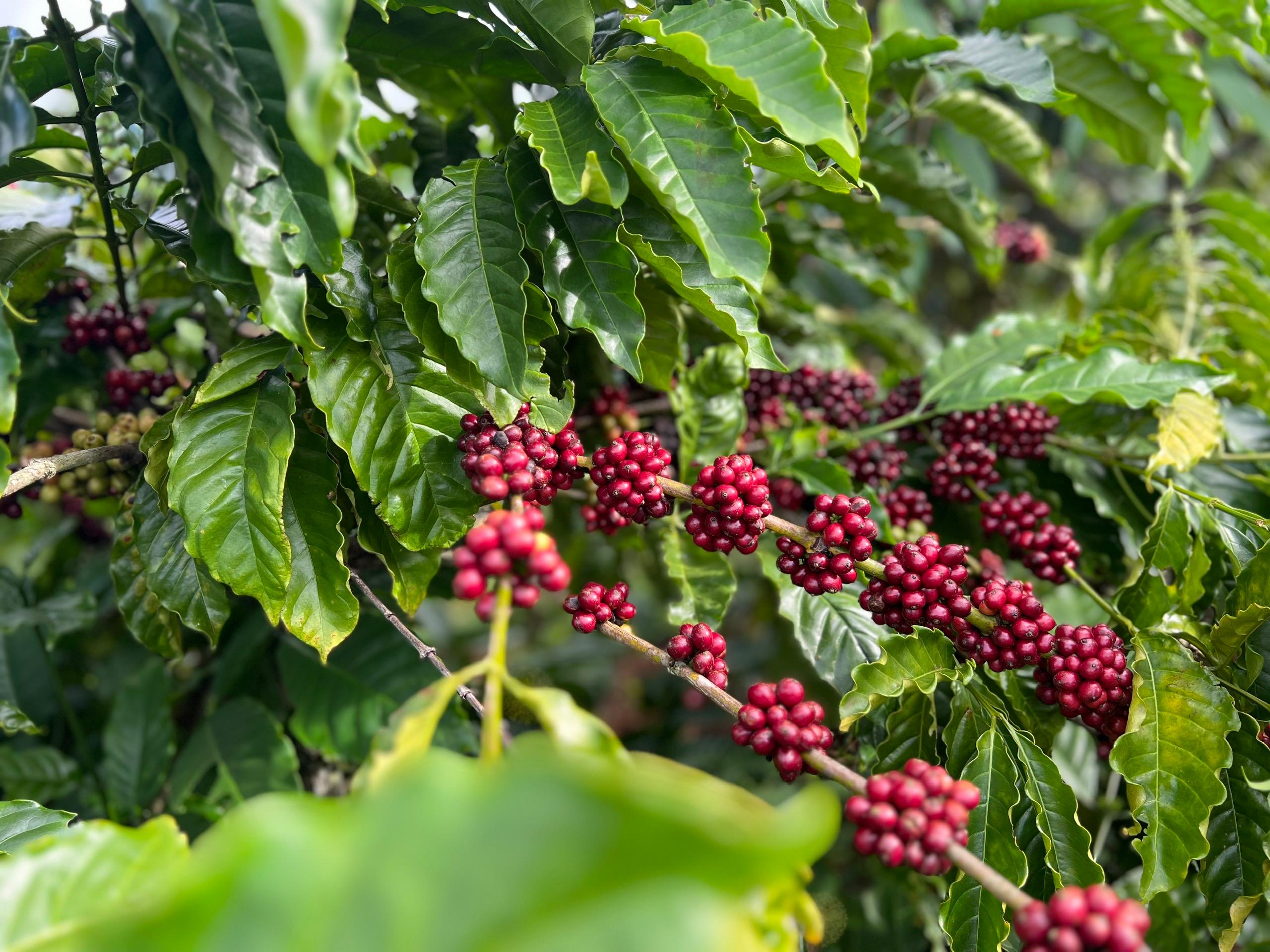
About
Ea H'Leo district has a natural area of nearly 133,408 hectares, of which forestry land is more than 41,970 hectares, and agricultural land is over 81,310 hectares. Ea H'leo district is 82 km from the center of Buon Ma Thuot City. The East borders Krong Nang district of Dak Lak province, and Krong Pa district, Ayun Pa town of Gia Lai province; The West borders Ea Sup district and Cu Mgar district of Dak Lak province; The South borders Krong Buk district of Dak Lak province; The North borders Chu Puh district of Gia Lai province. This district has favorable conditions and fertile land. It is also a large area of coffee, pepper, rubber, and fruit trees.
The population of the Ea H'Leo district is 140,180 people/34,539 households, distributed over 176 villages, 11 communes, and 1 town. There are 53 local ethnic villages, 29 ethnic groups, and 04 main religions. The Dao, Tay, and Nung ethnic groups migrated here from the North, mainly living in Cu A Mung, Ea Wy, and Ea Tir communes. Other ethnic minorities, such as Ede and Jarai, mainly live in Ea Hiao, Ea Sol, Ea Ral, Ea H'Leo, Ea Nam, and DlieYang communes, where the educational level is still low, and many farming practices remain backward, leading to many difficulties in people's life. Ethnic minorities account for 41%; The poverty rate is 6.72%.
Ea H'leo district has the advantage of soil and climate suitable for industrial crops such as coffee, pepper, rubber, and fruit trees. Coffee area: 30,811ha; Pepper: 5,502ha; Fruit trees: 4,500ha; Most pepper and fruit trees are intercropped in coffee farms. The annual yield reaches 72,050 tons of green coffee, 10,000 tons of pepper, and 36,500 tons of fruits. This is farmers' primary income source, accounting for about 70% of the district's agricultural structure.
However, the district's agricultural production still has limitations such as small/fragmented area (average area 2.28ha/household; however, many families own an area of 0.5-1ha with many plots); besides, the abuse of chemical fertilizers and pesticides. Those problems are leading to land degradation, water pollution, and other environmental pollution, affecting people's health, especially product quality. Meanwhile, the increasingly strict market requirements on reducing greenhouse gas emissions, deforestation, and responsible production will put more pressure and challenges on crucial products of the district, such as coffee, pepper, and fruit.